The DOOM franchise has long been one of the most well-received, critically-acclaimed first-person shooters in the entire gaming world. In fact, the first game, which released way back in 1993, was considered one of the forefathers to the entire shooter genre. Back then, the game was highly pixelated and an odd mixture of 2D and 3D graphics, but it was still an immersive, entertaining, and sometimes shocking experience to enjoy. I mean, my grandma even played the DOOM games up until the third one. Despite the horror within, the shooter is basically for everyone.
DOOM (1993)
DOOM originally released back in 1993 by developer id Software, who helped to bring the first-person shooter genre to the entire gaming world. Players took on the role of an unnamed space marine in his battle against the demons from Hell. The original game was enjoyed by between 15-20 million people when it released as shareware, which included nine levels of the game.
Of course, by today’s standards, the game has not held up quite so well. People aren’t overly interested in the simplistic nature of the 2D/3D graphics or the flat HUD that once was enjoyed so thoroughly.
Speaking of those graphics, the shooter was one of the first to utilize immersive 3D graphics in a video game. While most may not compare that to what we see today, you cannot lie to yourself or others and claim DOOM didn’t start an entire revolution.
Despite being well received, DOOM did experience its fair share of controversies – thanks in no small part to the graphic violence and satanic imagery that stems from demons rising from the depths of Hell. The ESRB gave it a Mature rating for all of the violence, which makes a lot of sense. Religious organizations criticized it, claiming the game to be a “mass murder simulator.” (Players stopped demons, though!)
Sadly, the Columbine High School shooting on April 20, 1999, did not help, as the two shooters were avid lovers of the game.
DOOM II: Hell on Earth (1994)
DOOM II: Hell on Earth was the sequel to the original 1993 release by id Software. It was initially launched for MS-DOS computers in 1994 and then later on Mac computers in 1995. Due to the immense popularity the franchise had gained up to this point, the sequel was later released on Game Boy Advance in 2002, the Tapwave Zodiac in 2004, and on the Xbox Live Arcade in 2010.
The game really sold well due to the name alone, honestly. The sequel changed very little when compared to the predecessor. id Software did not indulge in new technological developments, graphical improvements, or any massive gameplay changes that would shock critics. Instead, they took advantage of the new advances in computer hardware to do more with the original game engine. That was not a huge problem, though, as the game was still well received.
For the second game, the pioneered multiplayer gameplay was vastly improved over the original — mostly just in terms of the functionality of the entire system. The “out of the box” support for new dial-up modems helped more players get their demon-slaughtering on with others quicker.
Reviewers at the time claimed this iteration was a highly refined version of what the original DOOM did well. Critics gave it a positive rating, with most scoring it over 90 percent. Some touted it as mindless fun, but that wasn’t a major complaint at the time.
Final DOOM (1996)
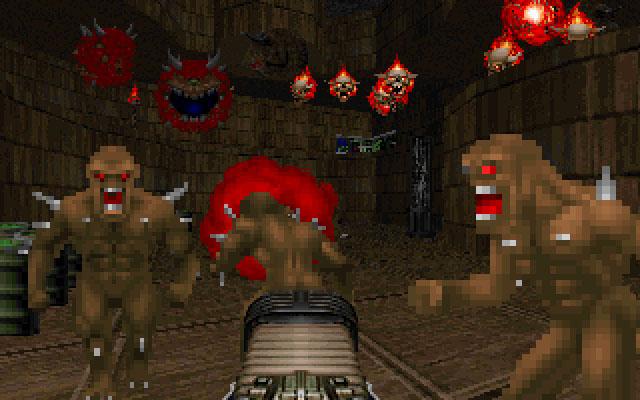
Final DOOM was often referred to as a harder version of both the previous two entries in the franchise. Released in 1996, this third game features the same engine, items, and characters we all saw in DOOM II: Hell on Earth, but it was still received rather well at the time.
The game consisted of two 32-level megawads, which are level files. The first set, TNT: Evilution, was developed by TeamTNT; the second set, The Plutonia Experiment, was developed by the Casali brothers. The former used a brand new soundtrack, which was the major difference, while the latter rehashed the same one from previous games.
Some consider Final DOOM to be nothing more than an expansion for DOOM II, but it was still released as a standalone game. The PC version was considered to be way more difficult than anything gamers had previously seen from the genre, though the PlayStation version was mostly identical to the original DOOM.
Of course, being the first DOOM game on a PlayStation console, the official magazine at the time scored the release as a 9 out of 10, calling it an “essential” game to play.
For those who had played the previous two, however, it was just more of the same with a new soundtrack and some new levels to explore. The gameplay was not changed whatsoever, which was a major critique point for many.
DOOM 3 (2004)
It took almost a decade for the next game in the franchise to release, but developer id Software was finally back at the helm to bring us brand new gameplay elements and an all new engine and graphics. DOOM 3 is probably considered one of the very best in the entire franchise, despite how old it is now.
Published by Activision, this was the first game in the now long-running series to feature full 3D graphics. The developers considered this to be a reboot of the old franchise. In fact, critics praised the graphics more than anything — though some were a bit divided on the overall gameplay, which focused more on fighting through waves of demons than anything else. That still sounds pretty good to us, though.
Foregoing the criticism for the gameplay, DOOM 3 received critical and commercial success. Over 3.5 million copies were sold, and most ratings from magazines and publications were well over 9 our 90 percent.
The environments were the biggest factor for some. A few reviewers claimed they were “convincingly lifelike.”
DOOM (2016)
DOOM 2016, the most recent release in the long-running franchise, was announced way back in 2004, but underwent a seriously delayed development timeline since then. id Software once again took control, but the game was published by Bethesda this time around.
The game is entirely in first-person, of course, with players once again taking on the role of the unnamed space marine, which fans have taken to calling “Doomguy.” This time around, id Software decided to implement quick-time-like events for “glory kills” so the player can get up-close-and-personal with their executions. These can even be done in the multiplayer mode, which many are likening to Quake Arena.
Prior to the game’s release, a multiplayer beta was launched for the community to experiment with. Many critics and fans called this underwhelming and disappointing. It was thought to be less of an “arena shooter” and more of a modern shooter that simply failed to follow through entirely. On Steam’s review system, the beta received mostly negative scores.
Following DOOM‘s official release, the game received rather high scores, with most people forgetting that the multiplayer had not been changed whatsoever in the short period between beta and launch.
In Comparison
As the development has continued throughout the years, the DOOM games appear to have remained consistent in quality. Critics and players absolutely love the games, despite quite obvious shortcomings. Part of this could be due to the nostalgia and respect from what the game did for the first-person shooter genre. Overall, though, the games can be seen as lackluster in some cases.
Take, for example, this year’s release – specifically the multiplayer. This competitive mode was touted as a major portion of the game, and yet it is mediocre at best. Honestly, I cannot remember seeing any marketing material for the single-player campaign. Bethesda and id Software were casually tossing out multiplayer tidbits and images for everyone. They really wanted it to be the focus, but DOOM has always been a single-player game at heart.
Despite the improved graphics, gameplay elements, and features, DOOM may have been better off as a classic shooter instead of rebooting the franchise for a second time within the 2000s.

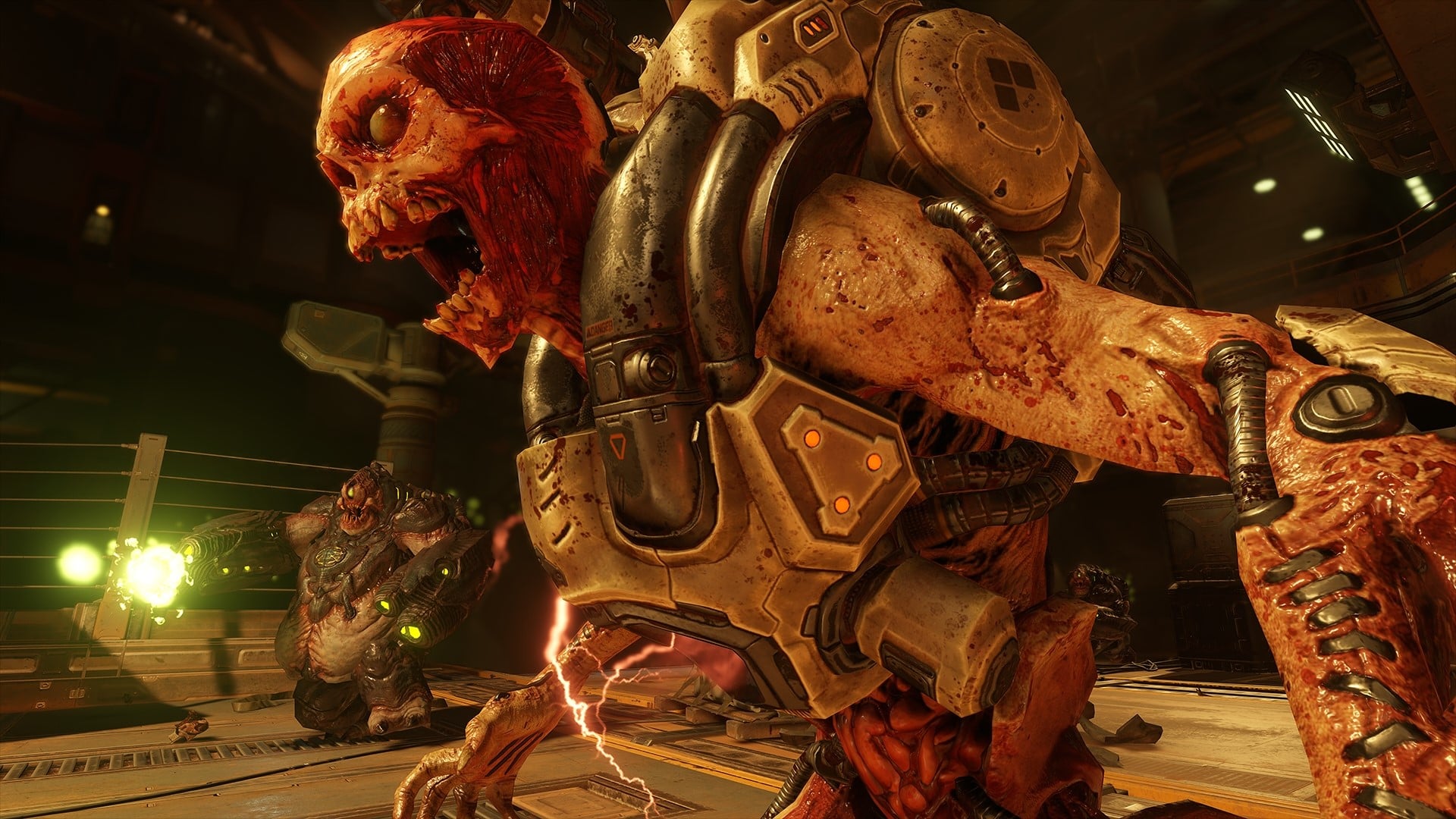
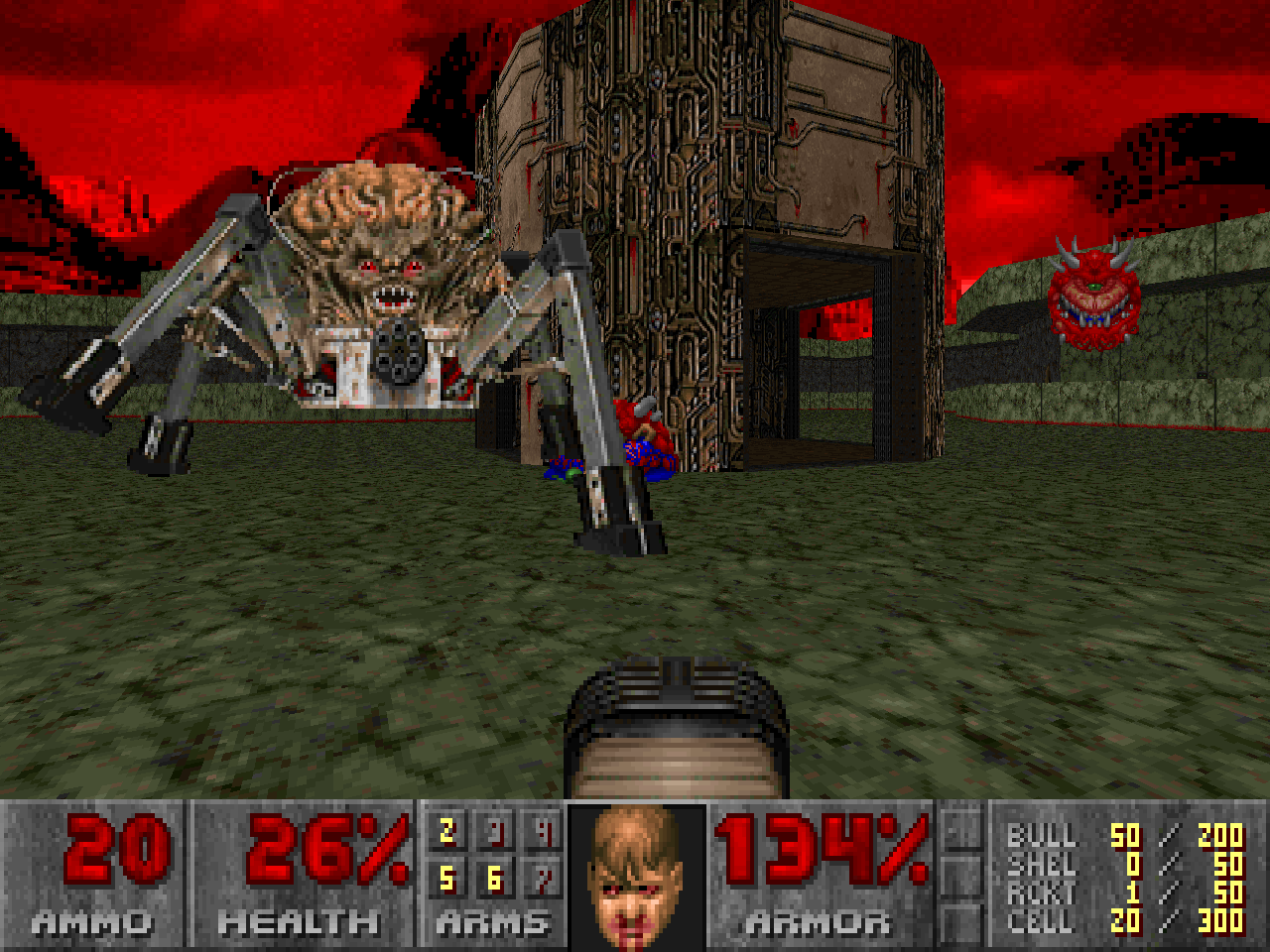
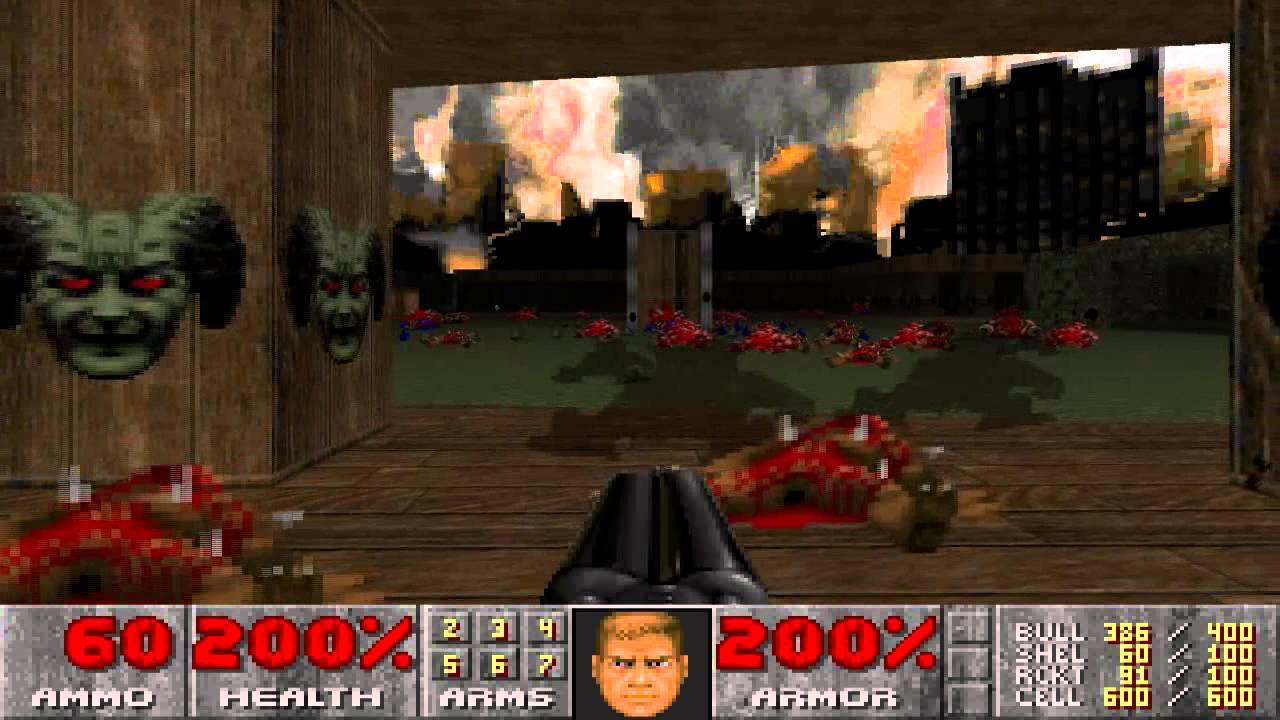
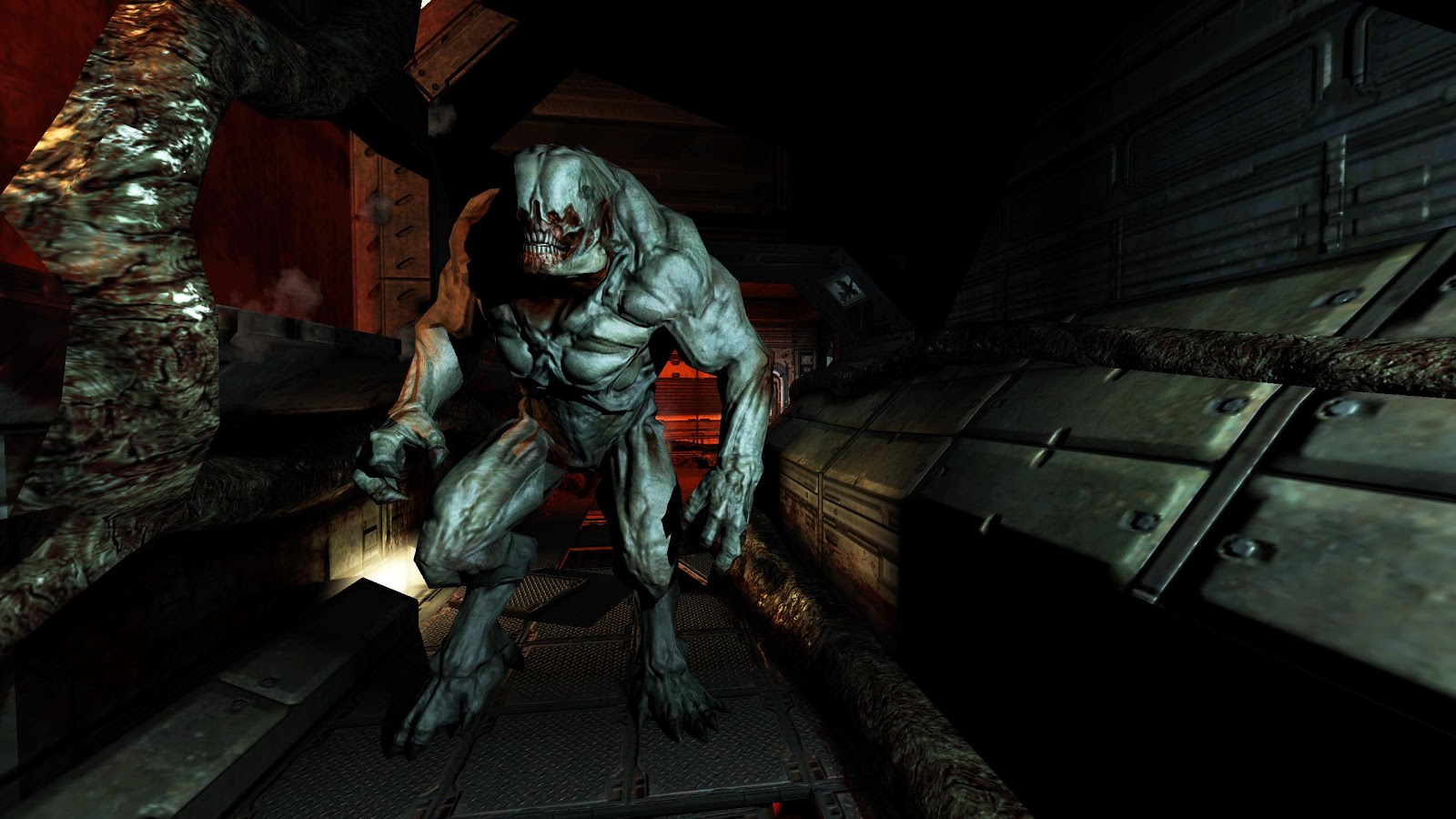
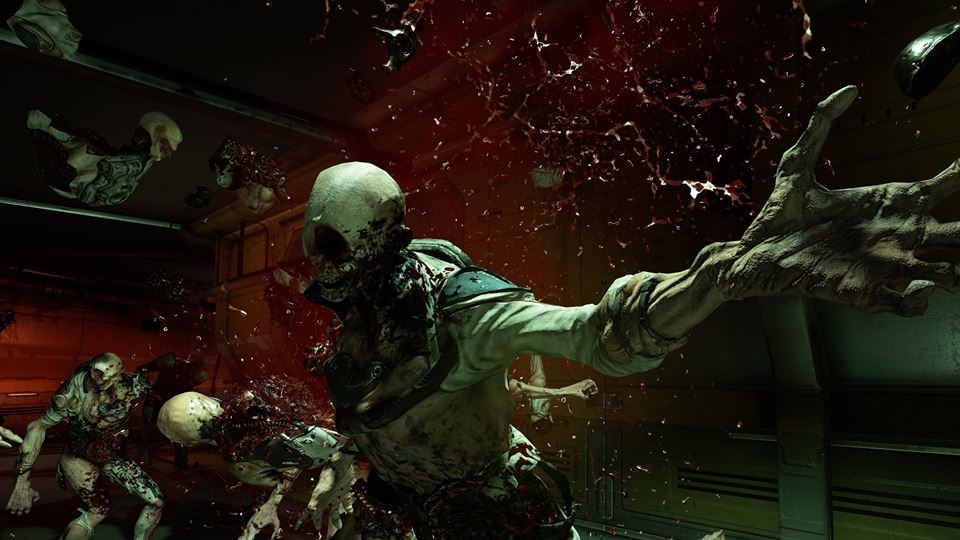






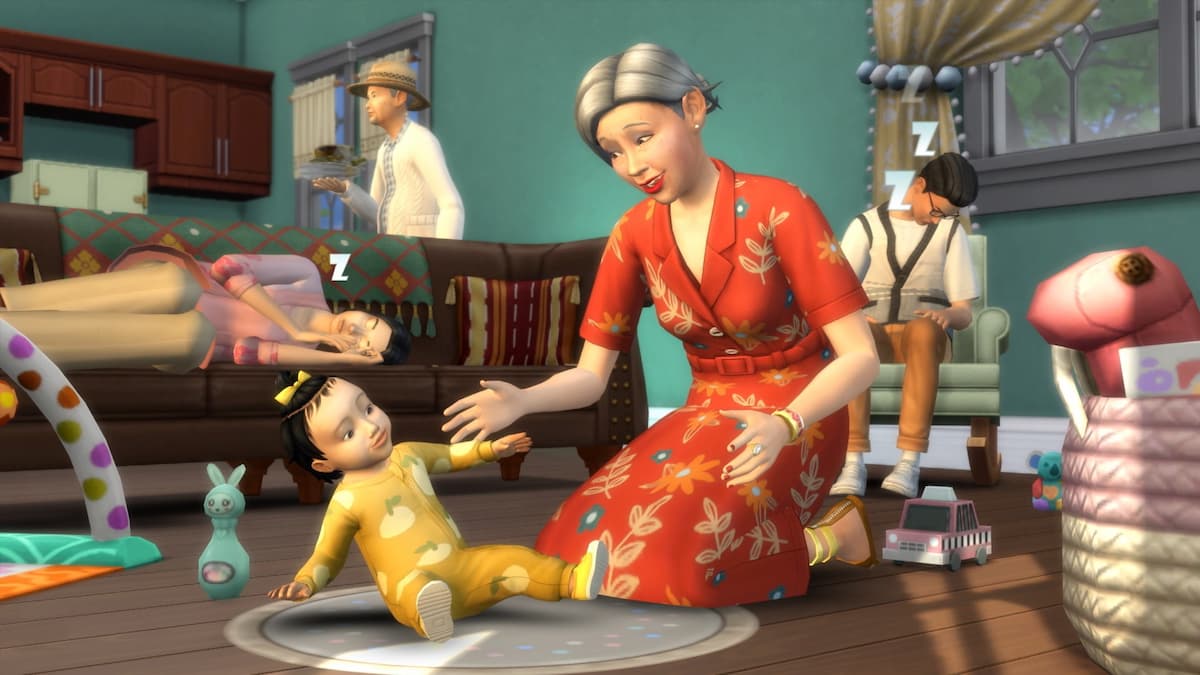
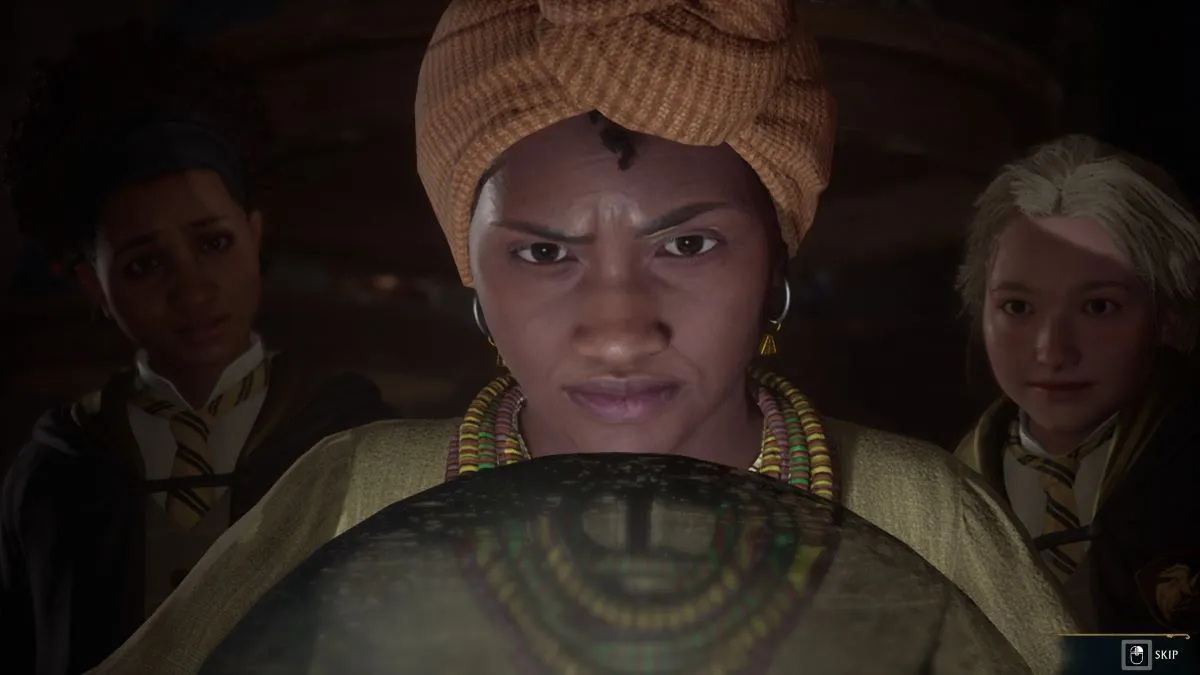
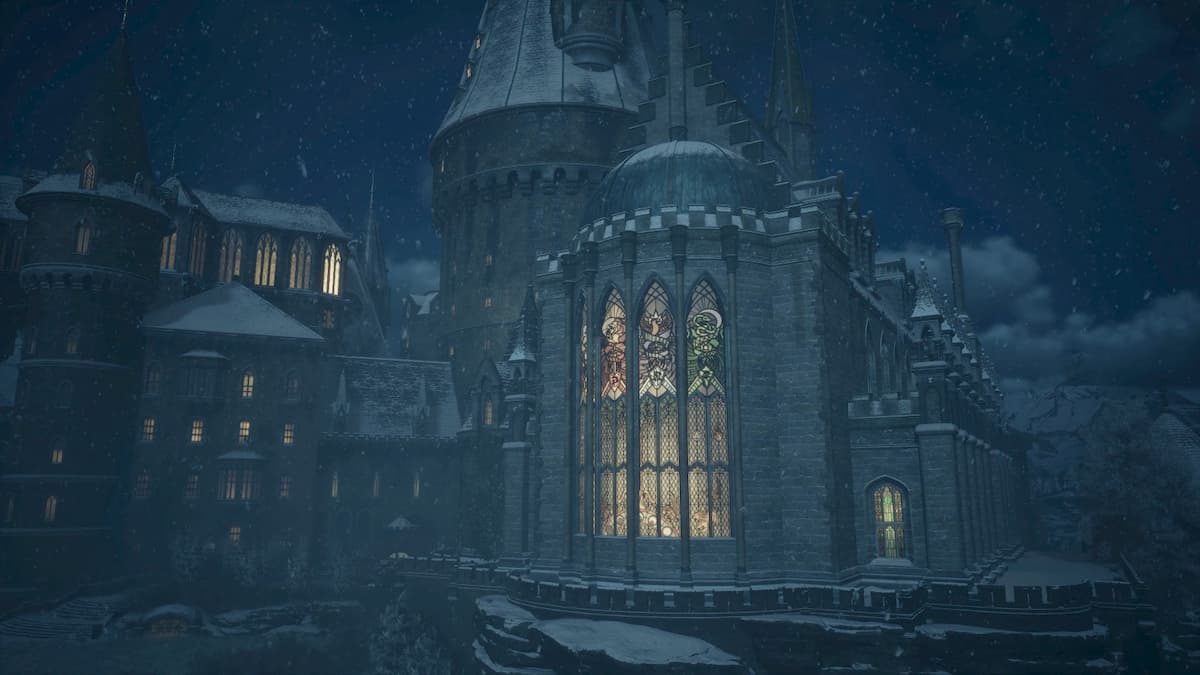
Published: May 26, 2016 09:10 am